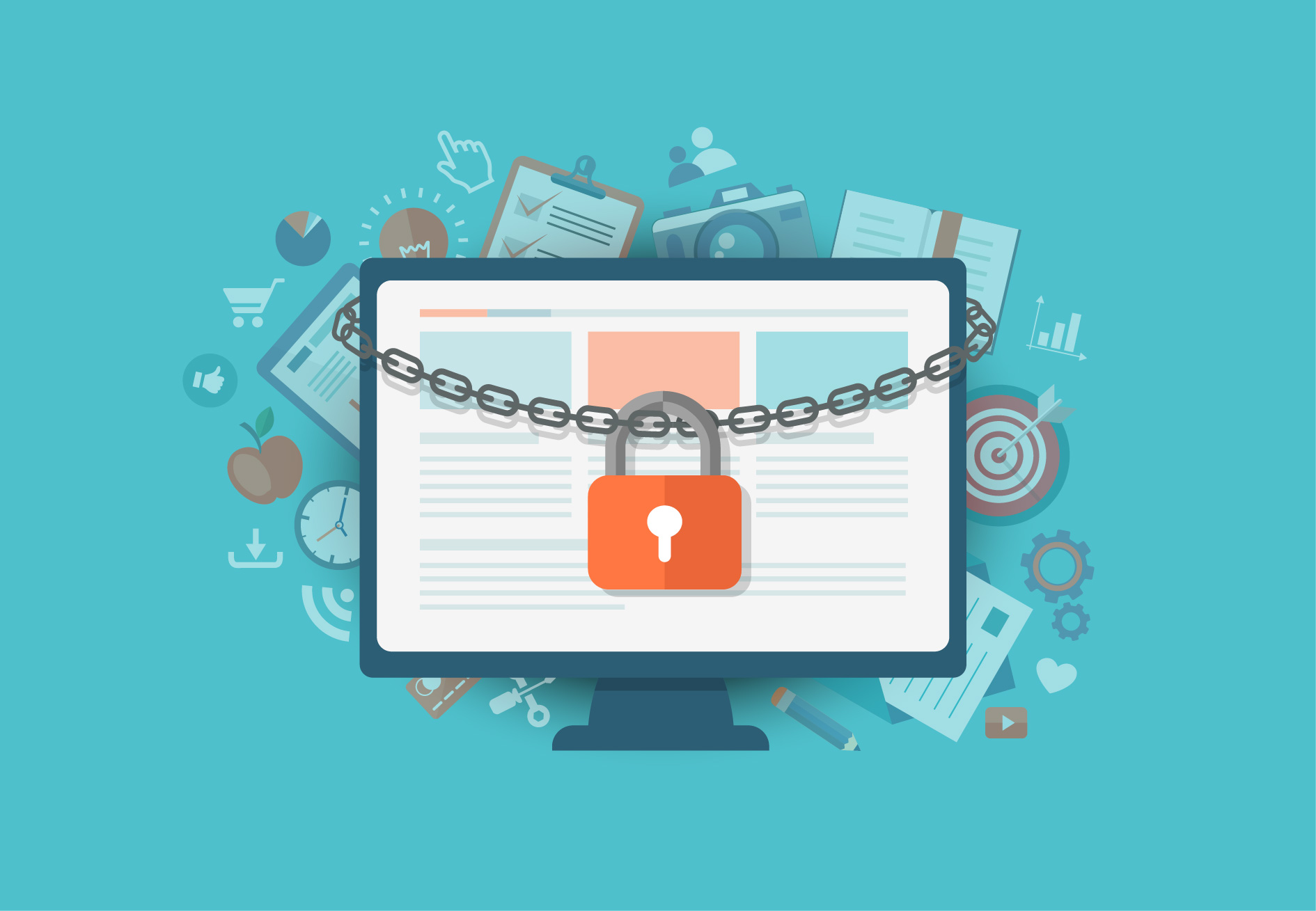When a survivor reaches out to a domestic violence program for help, it’s often as a last resort and with much trepidation. Social connection, access to financial resources, and a safe home have often been systematically stripped away from them by their abuser. Smartphones, email, and social media accounts are often the last remnants of their connection to support, and can serve as an important lifeline when they’re in danger.
Yet we often hear from survivors that when they’ve reached out for help about the harassment, stalking, and abuse they’ve experienced through technology and social media, the only advice they get is to completely disconnect from technology and delete their accounts. But this places the blame in the wrong place. The technology isn’t the issue; the abuser’s behavior is. And worse yet, this response punishes the victim for the abuse they’ve suffered, forcing them to become more isolated because their only option is to disconnect. It also impacts their safety; if a survivor is in need of help but can no longer access their support systems, the risk of danger can increase dramatically.
This Data Privacy Day, we celebrate a survivor’s right to safely access technology, and encourage programs to proactively safety plan with survivors to help them feel empowered and safe with their technology use. We need to view safe access to technology, the internet and social media as a fundamental right of survivors. Technology is a necessity in our everyday lives, and removing it is not a feasible option. Instead, domestic violence programs can help survivors not only find temporary refuge, but also help them build a new skill that will empower them to stay connected, feel less isolated, and have communication tools that can help them in emergency situations.
The Safety Net Project develops tools and resources that help both survivors and victim service agencies become more informed about how to safely use technology, and about how abusers might misuse technology to stalk and harass. On Data Privacy Day, we encourage you to explore these tools listed below, and to reach out to us with any questions you may have about the safe use of technology.
Technology Safety & Privacy Toolkit For Survivors - Survivors of domestic violence, sexual assault, stalking, and trafficking often need information on how to be safe while using technology. This toolkit provides safety tips, information, and privacy strategies to help survivors respond to potential technology misues and to increase their safety and privacy.
The App Safety Center - There’s an app for everything, right? An increasing number of apps for smartphones and tablets are attempting to address the issues of domestic violence, sexual assault, and/or stalking. With so many apps, knowing which ones to use can be difficult. The App Safety Center will highlight some of these apps by providing information on what survivors and professionals need to know to use them safely.
Agency’s Use of Technology: Best Practices & Policies Toolkit - The way domestic violence, sexual assault, and other victim service agencies use technology can impact the security, privacy, and safety of the survivors who access their services. This toolkit contains recommended best practices, policy suggestions, and handouts on the use of common technologies.




